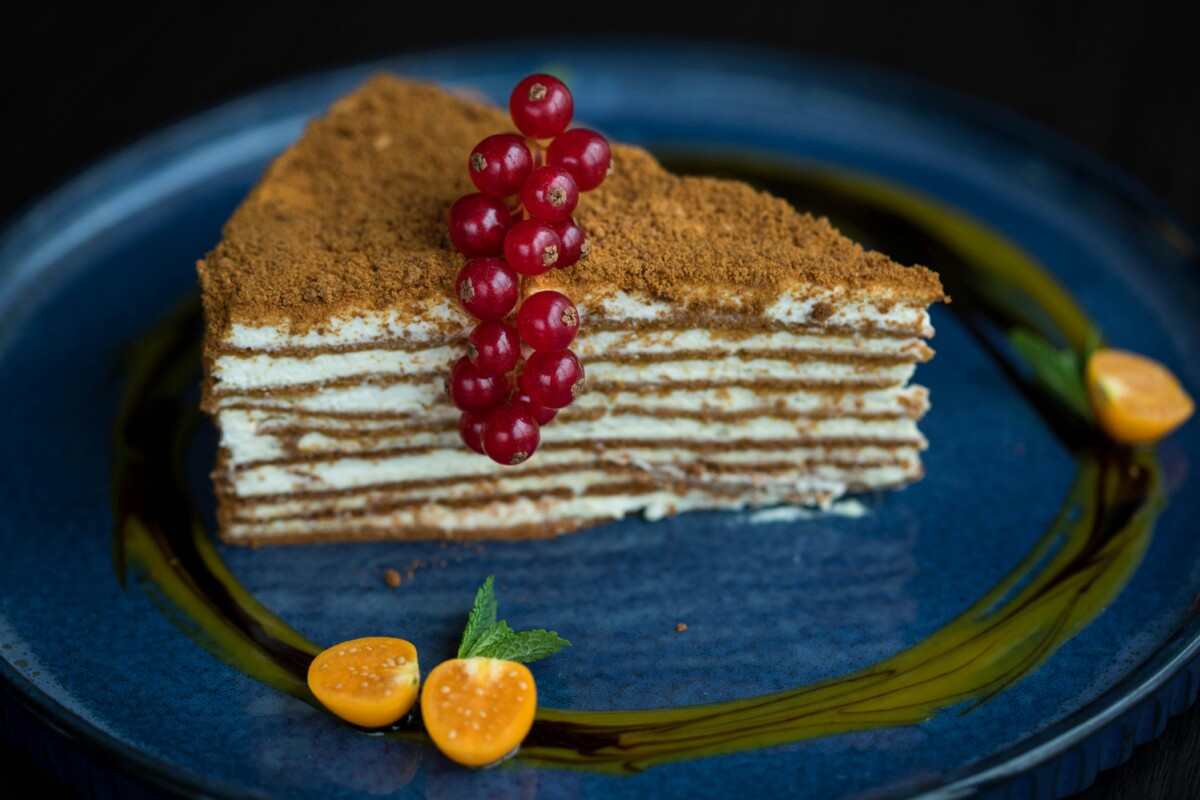If you reduce translation to its simplest definition – and risk stepping on the toes of all passionate translators in the process – you might say it’s simply converting words into other words. But between all the misinterpretations, false friends, and culturally sensitive slip-ups is a little something called nuance. Lots of nuance, in fact. You see, there are different layers to translation. Think of it like an upside-down cake. Below, we’ll take you from the crust to the cherry on top.
Crunchy base: literal translation
Some recipes call for a direct interpretation: don’t overcomplicate it, just follow the instructions to the letter. Literal translations work the same way: they’re faithful to the original text, and playing around with the meaning or wording is a big no-no. All the reader wants is clarity. This approach is best for medical leaflets, user manuals, product descriptions, and legal contracts. The goal is to avoid confusion at all costs. The result may not read like a gripping novel, but it does what it’s supposed to do: inform the reader. That’s the whole point.
For example:
‘Tien dagen na het openen van deze verpakking dient u het product te verwijderen.’
‘Please dispose of the product ten days after opening the container.’
Tasty middle layer: ZINNIG translation
Do we have a monopoly on loose translations? No, but we sure do love them. At ZINNIG, our motto is: ‘as strict as necessary, as free as possible.’ In other words, stay true to the source text but also to your client. What do they want the end result to look like? And does that work for their target audience? We want to create a text for foreign readers that feels natural, not overly translated. That’s our preferred translation style and the one requested most by our clients. A tasteful balance.
For example:
‘Niemand geloofde dat ze het kon. Maar toen Charlotte ontdekte dat ze talent had voor zowel fotograferen als bakken, gaf ze haar familie een koekje van eigen deeg en begon ze een eigen foodblog.’
‘But the joke was on them. Or rather, the cake was on them. Because as soon as Charlotte discovered her knack for photography as well as baking, she aimed high and set up her own food blog.’
Rich filling: rewriting
Vanilla buttercream is delicious on its own, but adding a teaspoon of coffee will take your cake to the next level. The same is true of rewriting. It’s a creative adaptation of a text from one language into another with subtle – or sometimes substantial – changes along the way. Rewriting can help you take a text from the 1950s, for example, and adapt it so it resonates with modern readers. Or swap out certain words for others that are more fitting. You respect the structure and message of the original, but rewrite it to make it work for a different audience.
For example:
‘By far the most impacted households are those who are faced with exponential increases in retail pricing while their wages are exhausted month after month, causing an increasingly disproportionate society.’
‘De mensen die het meeste last hebben van de hogere prijzen? Gezinnen met inkomens die elke maand ontoereikend zijn. Hierdoor worden de verhoudingen in de maatschappij nog verder scheefgetrokken.’
Tasty topping: transcreation
Sometimes, adapting a text isn’t enough – like when you want to launch a slogan or a tagline abroad. Transcreation means converting the meaning, context, tone of voice, and style of the source text into a new text with the same impact. It may even call for a different structure, fewer words or more words, or a completely different title. Because of the inherent risks involved in transcreation, it should always happen in close consultation with the client. And when a text is written in a different language from a different perspective, there’s a chance the client could miss the original meaning. Also, not all texts are suitable for transcreation, partly due to space limitations. Nevertheless, we at ZINNIG are big fans of this unique art. Perhaps because it perfectly blends our two big loves: translating and copywriting.
Example:
‘Geen zwakke statafels meer? Met een STAFEL sta je stevig.’
‘Never gonna give you up. Never gonna let you let down. The bar is raised. It’s STABLE.’
And here you thought translating was a piece of cake! But don’t worry, at ZINNIG, we never bite off more than we can chew. We make sure we understand your expectations from the very start. Then, when everyone’s on the same page, we whip up a flawless result.
Did we whet your appetite? Pull up a chair! We’d love to hear your ideas over a fresh pot of coffee.


